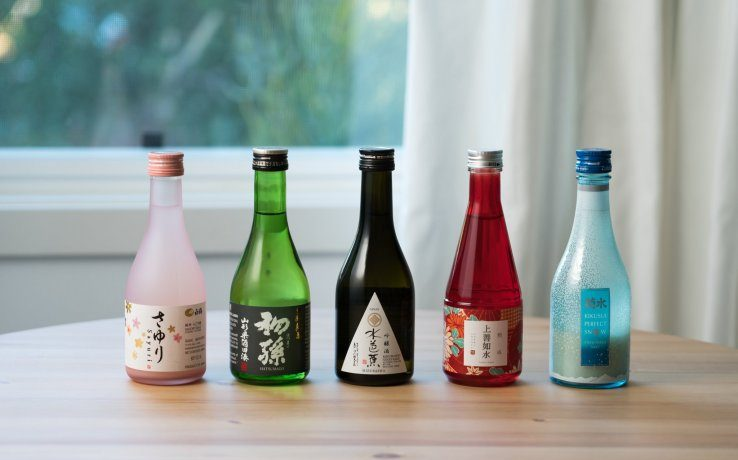Among the things that stump me up to recently is comprehending Sake delivery Singapore brew tastes. Having actually only intoxicated hot or cool Sake, I really did not realise just exactly how complex sampling Sake was. I likewise really did not recognize just how to separate apart or why I liked some to others. As it ends up, there is a lot involved in sampling Sake!
Tasting sake
Before you even move the sake to your lips, make the effort to observe the color. Top quality sake must be crystal clear, though it may have a minor yellow or green tint. Your rice a glass of wine should never be gloomy or murky. Next, note the scent of the drink. Several polished brand names have light or floret notes, while more rustic sake are earthy or have the faint smell of rice. The preliminary taste of the sake should fit the scent, though slightly bitter or umami notes might emerge after. Warming sake can subtly change the tastes, typically leading to the emerging sake sweeter and also lighter.
Warm vs Chilled Sake
There is a mistaken belief that just cheap or low quality sake is served hot, while higher quality drinks are served cooled. While heating sake does help conceal the bitterness and also enhance the sweet taste of the beverage, this is not a strategy scheduled just for the cruds of the rice wine world. Any type of full-bodied sake can actually be served cozy, consisting of some high-grade ones, such as junmai. Nevertheless, more fragile types of sake, such as ginjo as well as its lots of variations, need to be offered cold to protect necessary flavors as well as aromas.
Sharpening
One of the first steps in creating sake is the polishing of the rice. Prior to the sake is made, the rice kernel needs to be sharpened, or crushed. This is to eliminate the outer layer of each bit of rice.
The extra the rice has been polished, the greater the category degree. However, even if the rice is more polished does not always mean it’s going to be much better. It’s really going to come down to the quality of the rice itself.
Serving others
See it as your duty to guarantee that your friend’s cup never is empty. When their mug ends up being less than a 3rd full, this is the correct time to refill. If you should want a re-fill yourself, instead of re-filling your own cup you ought to refill your buddy’s, who will certainly then return the favor. Sake is a sociable beverage and this quirk of offering particularly applies a social feeling of relationship.
Serving with 2 hands
When serving out sake from the jar or tokkuri, make certain to make use of 2 palms. This is distinct from wine, where numerous dining establishments you might see your sommelier offering you one handed (which without a doubt looks really graceful, yet would be thought about disrespectful when it comes to sake). When offering sake, hold the bottle with your right hand on the top, supporting the sole with your left hand. Ensure not to put your right hand below, which suggests contempt.

